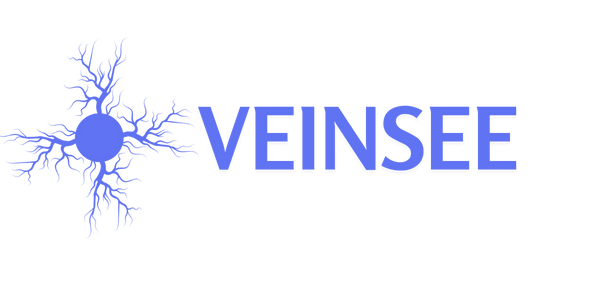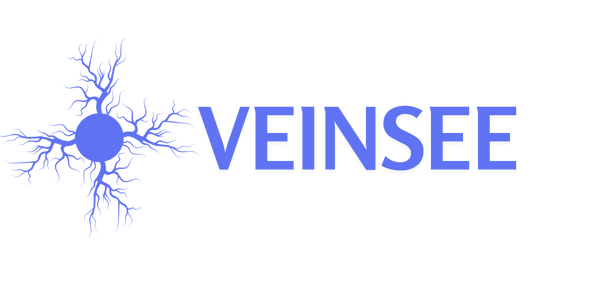Vein Visualization: The Future Role of Technology
Vein visualization is a crucial step in many medical procedures, allowing for access to veins to draw blood, administer medication. However, traditional methods of vein visualization are often difficult and imprecise, leading to complications and procedure failures. That is why technological advances in this field are highly promising.
Future developments in vein visualization technology include miniaturized sensors, medical robots, augmented reality, and ultrasound imaging.
Miniaturized sensors are devices that can be placed on the skin to detect the position and depth of underlying veins. These sensors can be used to guide the insertion of needles or catheters into veins with increased precision. They can also be used to monitor veins during procedures to ensure that the needle or catheter stays in the right position.
Medical robots are another promising development in vein visualization. These robots can be used to guide needles or catheters into veins with great precision, reducing the risk of complications and improving the outcomes of medical procedures. Medical robots can also be used to perform minimally invasive interventions, such as stent placement, with increased precision.
Augmented reality is another technology that can be used to enhance vein visualization. Augmented reality can be used to project an image of the veins onto the skin, allowing for more precise and easier visualization of the veins. This technology can also be used to assist doctors in planning procedures and training before interventions.
Ultrasound imaging is another technology that can be used to visualize veins. Ultrasound imaging uses sound waves to create an image of the veins beneath the skin surface. This technology can be used to visualize deep veins that are difficult to see with other visualization methods. It can also be used to monitor veins during procedures to ensure that the needle or catheter stays in the right position.



